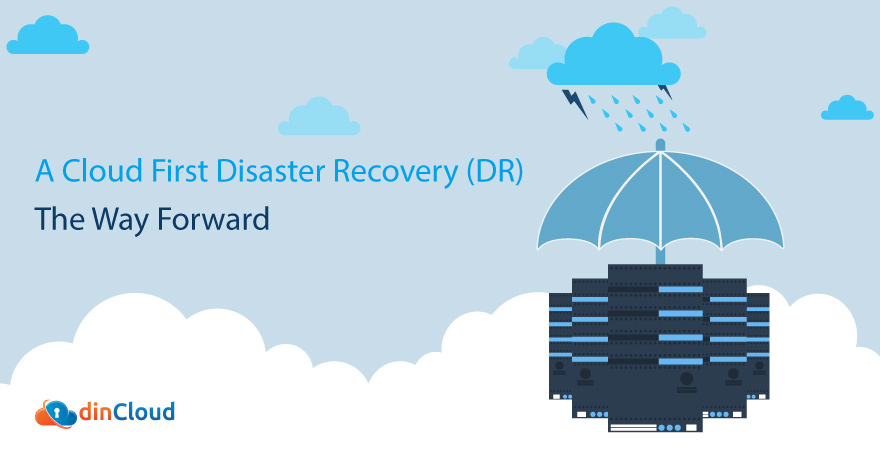Business processes are becoming ever more dependent on digital technologies. Now, digital technologies are getting so deeply rooted into core organizational processes that downtimes are becoming too costly an option for long term viability.

Enterprises can no longer afford downtimes, as they are not only becoming costly for a business, but also hurt brand equity in a big way. In the current business environment, disruptions and downtimes are becoming nearly unacceptable.
Before we discuss downtimes, let us first dig into the probable sources that can cause potential disruptions to business processes.
Cyber Attacks
As the reliance of organizations on digital technologies increases, so does the corresponding threat surface. The countless cyber miscreants out there are mindful of this and are constantly on the lookout for the slightest vulnerability they can exploit.
The wide range of cyber threats include malware, ransomware, viruses and much more. Before you can even think of remedial measures after a cyber attack, you first have to determine the true extent of the breach and the areas it has potentially affected.
In most cases, till such time that this assessment concludes, businesses deem it too risky to restore their core business operations. Although there is not much wrong with this approach in isolation, but for the end user, this means unacceptable downtimes.
Related: Why you need Cloud Business Continuity and Disaster Recovery?
Natural Disasters
This is the other major source of disruption to your business operations, potentially leading to downtimes. Like cyber attacks, natural disasters such as a pandemic can never be predicted beforehand. However, you always have the option to prepare for such incidents.
In a nutshell, regardless of whether downtime occurs due to a cyber attack or natural disaster, you have to adopt a proactive approach to counter such situations. So, let us highlight why you need a robust cloud powered Disaster Recovery (DR) in place.
The Rising Costs of Downtimes
Let us initially ignore the adverse impact of a downtime on your brand equity. This is otherwise something that is very difficult to quantify. Let us simply focus on the monetary costs of downtimes, to make the case for a robust cloud based DR plan.
According to estimates released by Gartner, an IT or technology induced downtime can cost a business to the tune of a whopping US $300,000 per hour on average. This figure alone is enough to put a decent sized entity out of business for good.
Ransomware attacks are also constantly on the rise. It is estimated that ransomware attacks alone will inflict a monetary damage of US $20 Billion during the year 2021. These exorbitant figures alone are enough to justify a robust DR plan.
Related: Business Continuity vs. Disaster Recovery
Shrinking Time Window
Another key aspect when you are planning to put a Disaster Recovery (DR) and Business Continuity (BC) plan in place is the shrinking time window for which your customers or other key stakeholders may tolerate downtimes.
With digital technologies powering most organizational processes now, a downtime will simply mean a complete disruption. This is something modern businesses cannot afford, nor is this tolerable for customers beyond a certain threshold.
Testing Your DR and BC Plans
Putting your DR and BC plans to the test, every now and then, is the last but most critical component of any such strategy. This is one area where cloud powered Disaster Recovery as a Service (DRaaS) truly outperforms the other alternatives out there.
With the readily scalable and software defined cloud resources, it becomes possible for you to test your DR and BC plans in isolated virtualized environments. So, you get to test your plans, without even the slightest disruption to core processes in real time.
Then, once you are done with testing, you can simply de-provision the cloud resources you had created for testing. This enables you to test your BC and DR plans much more frequently and effectively, in a very cost efficient manner.
Related: Cloud Computing and Disaster Recovery – A Powerful Duo
Conclusion
A cloud first Disaster Recovery (DR) and Business Continuity (BC) mechanism is your best option to deal with present day threats as well as disruptions. With the cloud, you will be able to attain a robust DR and BC posture at a fraction of the cost of on-premise options.
Contact dinCloud not only for reliable cloud solutions, but also any DR and BC needs you may have for your enterprise.


